Rear I/O
The rear I/O has a wide range of features that include both old and new. There are still PS/2 and Parallel ports, as well as a serial port via an on-board header to keep those in need of these legacy connectors happy.A single eSATA port is included, along with a six-pin Firewire port. Underneath the Parallel port are both coaxial and optical S/PDIF connectors and there are also six 3.5mm audio jacks supplying both the 7.1 channel High-Definition audio as well as separate line in and microphone ports.
There are 'only' four USB 2.0 ports, and those are topped with both RJ45 sockets for the dual Gigabit Ethernet. We would prefer to have another two USB 2.0 ports on the rear I/O, although there's no space unless you drop another connector.
In all, Foxconn provides a variety that tries to cover the maximum it can. Its boards aren't equivalent to the likes of the Abit MAX or Asus Republic of Gamers series that may alienate some people by moving their connectivity from legacy to very enthusiast orientated. Foxconn tries to bridge the gap and cover more ground in that respect.

BIOS
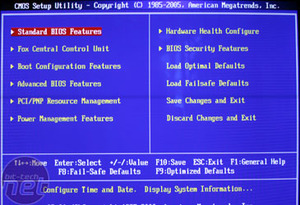
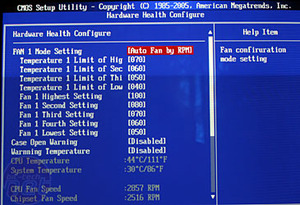
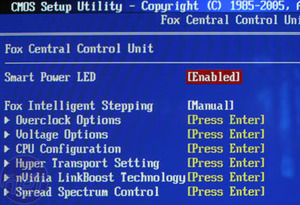
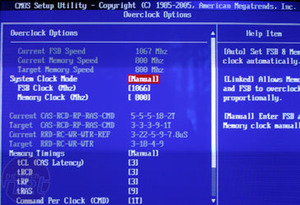
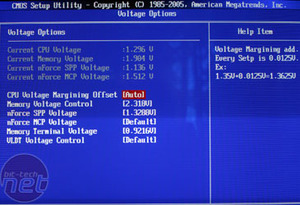
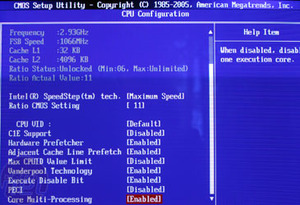
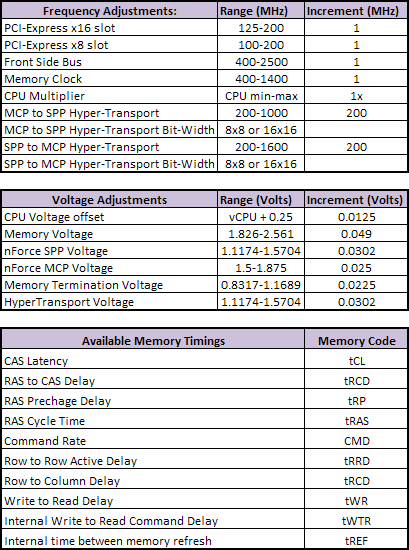
The Foxconn presents the MCP-SPP Hyper-Transport link clock speed as only 400MHz, but you can push this up further if you want to increase performance. However, the motherboard just won't boot if pushed too high and there's not a huge amount of performance increase gained by doing so, even when using SLI.
Memory timings are comprehensive and include enough on top of the standard five values to keep even advanced systems tweakers happy. Frequency adjustments are in line with other nForce 680i boards, and so are the available memory ratios.
CPU Voltage adjustment is tame at best, with only an additional 0.25V on top the standard CPU voltage available, however memory voltage upper limit is a healthy 2.56V which should keep even those investing in PC-10,000 memory happy. In addition there is also memory termination voltage and a reasonable SPP voltage limit to aid overclocking.

MSI MPG Velox 100R Chassis Review
October 14 2021 | 15:04









Want to comment? Please log in.